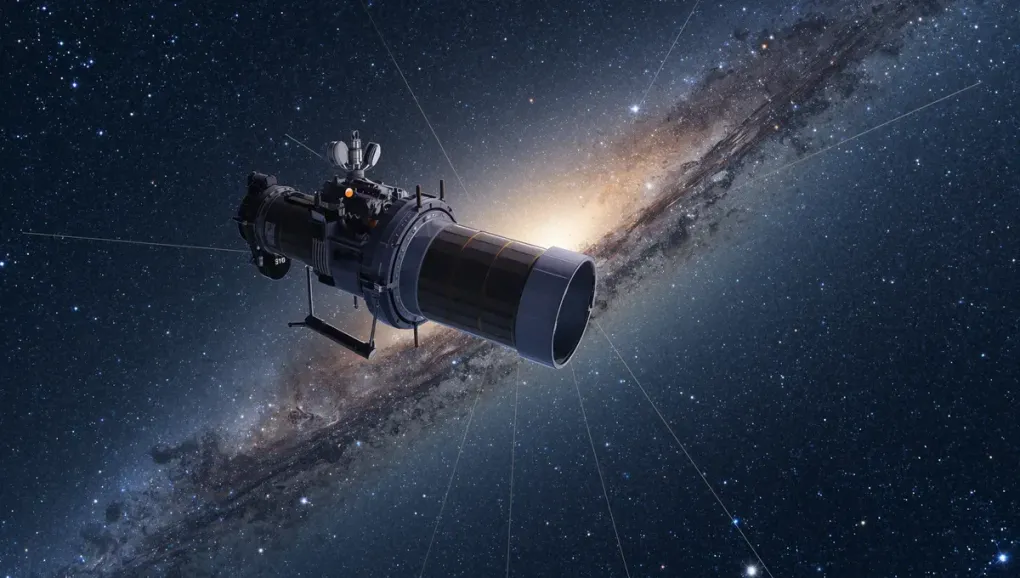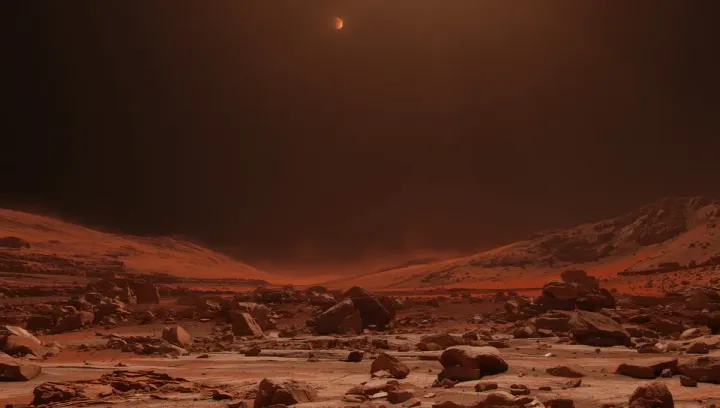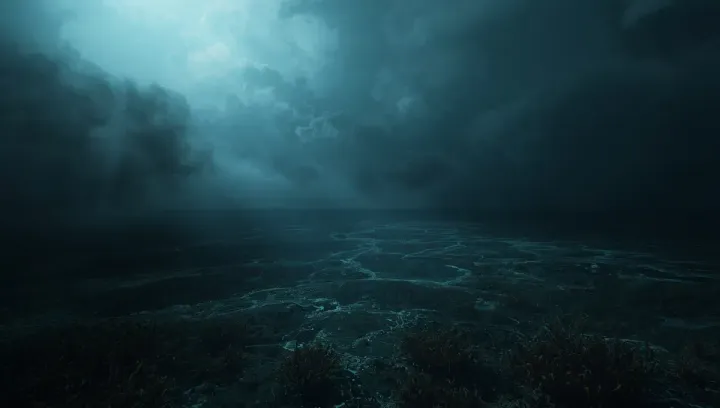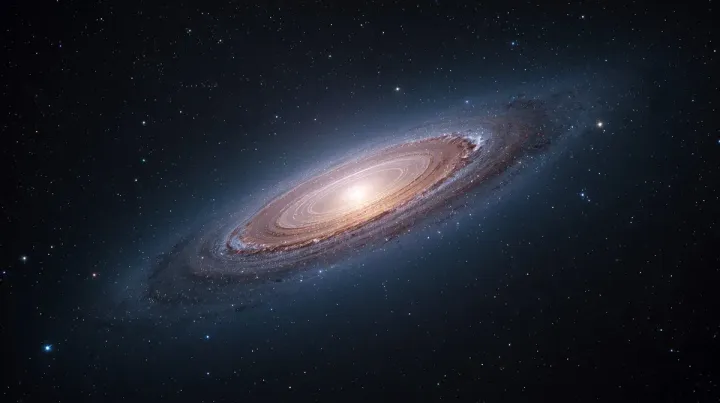
Are We Alone? The Next Generation of Exoplanet Hunting
The James Webb Space Telescope is already transforming our view of the cosmos, providing unprecedented detail into the atmospheres of distant worlds. From the CO2-rich planet nurseries to the potential biosignatures on K2-18b, we are gathering clues to answer humanity’s oldest question. But Webb is just the beginning. With future observatories like the Nancy Grace Roman Space Telescope on the horizon, we are entering a new golden age of exoplanet science. This post will look at the latest discoveries and the technologies that will, within the next decade, give us the tools to find out if we are truly alone in the universe.
### The Webb Era: From Discovery to Characterization
For decades, the hunt for exoplanets was focused on detection—finding the tiny dips in starlight or the gravitational wobbles that told us a planet was there. The James Webb Space Telescope has single-handedly pushed us into the next era: characterization. We are no longer just counting planets; we are studying their atmospheres.
In just a short time, Webb has shown us:
- The Potential for Life: By detecting dimethyl sulphide (DMS) in the atmosphere of K2-18b, Webb has given us our first credible, though tentative, biosignature on another world.
- The Limits of Habitability: By finding no thick atmosphere on TRAPPIST-1d, it is helping us understand which planets are likely barren, refining our search.
- The Diversity of Creation: By discovering planet-forming disks with unexpected chemistry, like those rich in CO2, Webb has shown that the building blocks for planets are more varied than we ever imagined.
### The Next Great Surveyor: The Nancy Grace Roman Space Telescope
If Webb is a microscope for detailed study, the Nancy Grace Roman Space Telescope, set to launch by 2027, will be a wide-angle camera for discovery. While Webb stares deeply at individual targets, Roman will survey enormous patches of the Milky Way. Its primary tool for planet hunting will be gravitational microlensing.
This technique is sensitive to planets far from their stars, a population that is difficult to find with the transit method. Roman is expected to discover thousands of new exoplanets, providing a massive statistical sample that will help us understand how common planets of different sizes and orbits truly are. It will find the targets for Webb and future telescopes to study in detail.
### The Ultimate Goal: The Habitable Worlds Observatory (HWO)
Looking further ahead, NASA is in the early planning stages for a true successor to Webb in the search for life: the Habitable Worlds Observatory. This future flagship mission, envisioned for the 2040s, has one primary, audacious goal: to directly image dozens of Earth-like planets orbiting Sun-like stars and analyze their atmospheres for the chemical fingerprints of life.
Direct imaging—actually taking a picture of a planet as a separate point of light from its star—is incredibly difficult, but it is the ultimate method for studying a world. HWO is being designed from the ground up to do just that, potentially giving us the first definitive answer to the question, “Are we alone?”
We are living in a remarkable moment. For the first time, we have a clear technological roadmap that moves the search for extraterrestrial life from the realm of science fiction into the world of observational, data-driven science. Webb is giving us our first tantalizing clues, and the generation of observatories to follow promises an even more revolutionary future in our quest to find our place in the cosmos.


